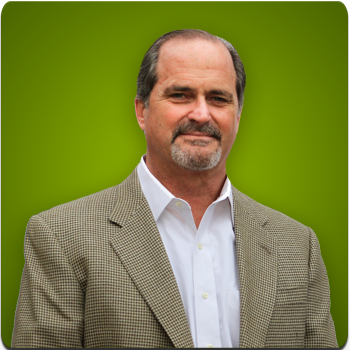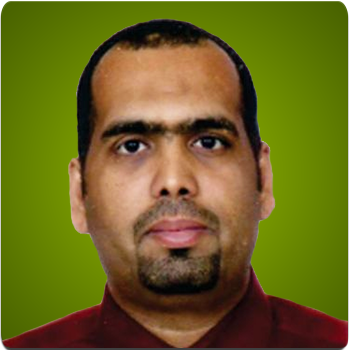Management

Dr. Richard Coffin
President
Dr. Coffin co-founded Strategic Carbon after 30 years in a wide range of ocean sediment, aquatic, land, and atmosphere environmental contracts and research topics. His field and laboratory technology development includes carbon sequestration, oil and gas exploration, and environmental assessment and remediation on and around four continents in six different coastal regions. He currently is a tenured full professor at Texas A&M University Corpus Christi, serving as chair of the Department of Physical and Environmental Sciences and overseeing extensive work in offshore CO2 storage and other environmental topics through Strategic Carbon. Previously, he served as Section Head for the Marine Biogeochemistry Section of the US Naval Research Laboratory. He has collaborated with the University of Hawaii, Massachusetts Institute of Technology, University of South Florida, and the US Naval academy, as well as international universities in Norway, New Zealand, Japan, Chile, Germany, Norway, China, and Latvia. Dr. Coffin has worked under contract with BP, ChevronTexaco, Repsol, ExxonMobil, China National Offshore Oil Corporation, Anadarko, and Statoil on major programs. He currently is the lead principal investigator on integration of geochemistry and seismic data in the Ross Sea off the coast of Antarctica to address climate change and conduct oil and gas exploration. Dr. Coffin received his PhD in Chemical Oceanography from the University of Delaware.

Kevin Stickney
Vice President, Strategy
Mr. Stickney has worked in the environmental services, renewable power development, and public affairs industries for 40 years. He brings a broad knowledge of business development, integrated marketing, corporate communications, and regulatory affairs. He also has founded or co-founded four successful companies, including agencies Allagash Communications and Calypso Communications. Previously, Mr. Stickney spent 16 years and served as Vice President, Public Affairs, at Wheelabrator Technologies Inc., a Fortune 500 waste-to-energy and environmental services company and ultimately a subsidiary of Waste Management, Inc. Mr. Stickney has focused work through his companies on upstream, midstream, and downstream oil and gas clients, including international energy private equity firms and industry majors. His clients have included Southern Companies, ArcLight Capital, Advanced Power, Babcock Power, Calpine, Covanta, InterGen, ReEnergy, and NextEra Energy. Mr. Stickney received a Bachelor of Arts Degree from Union College, Schenectady, New York, and a Master of Arts degree from Harvard University Extension, Cambridge, Massachusetts.

Dr. Hussain Abdulla
Strategic Advisor, Organic Chemistry
Hussain Abdulla is an organic biogeochemist with more than 25 years of experience analyzing wide varieties of complex mixtures of organic compounds. His primary research focuses on understanding the fate of dissolved organic matter (DOM), as it is the largest reactive organic reservoir in the global carbon cycle. To understand and quantify the significance of various biogeochemical processes on aquatic ecosystems, he deciphers the chemical codes imprinted by these processes on the chemical structures of the DOM pool. Moreover, he investigates how the change in the chemical structures of DOM affect the transformation and transportation of different anthropogenic pollutants in aquatic environments. He has also developed a wide variety of mass spectrometer techniques to identify metabolomic biomarkers to validate a non-invasive metabolomics method to predict embryo implantation (US. Patent). Dr. Abdulla holds a Doctoral Degree in chemical oceanography from Old Dominion University (Norfolk, Virginia). He also has a Master of Science degree in oceanography from Old Dominion University and a Bachelor of Science degree in chemistry from the University of Bahrain. He was a Research Assistant Professor at the Department of Ocean, Earth and Atmospheric Sciences, Old Dominion University, VA, and Research Fellow at the Jones Institute for Reproductive Medicine, Eastern Virginia Medical School. Prior to graduate school, He was an environmental chemist at the Environmental Affair Directorate of the Kingdom of Bahrain and a Marine Laboratory Observer for the Regal Organization of Marine Environment (ROPME) and International Atomic Environmental Agency (IAEA) in Kuwait and Monaco.
